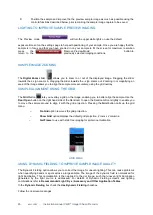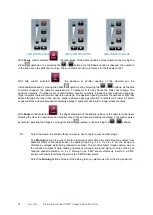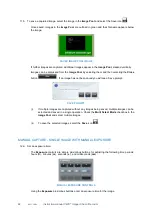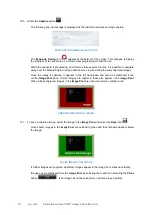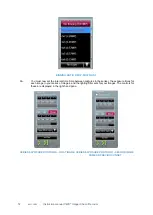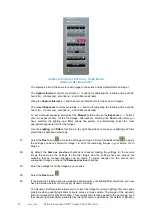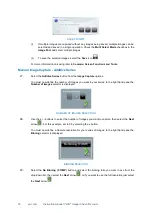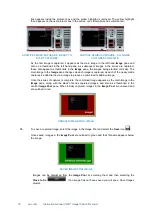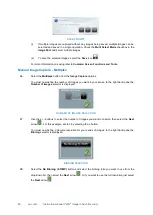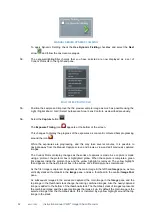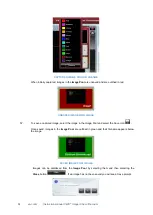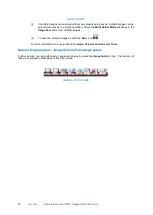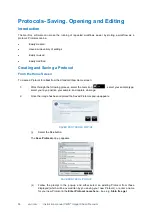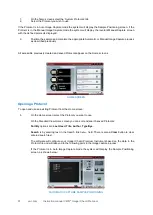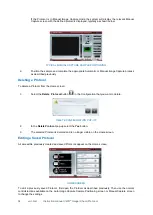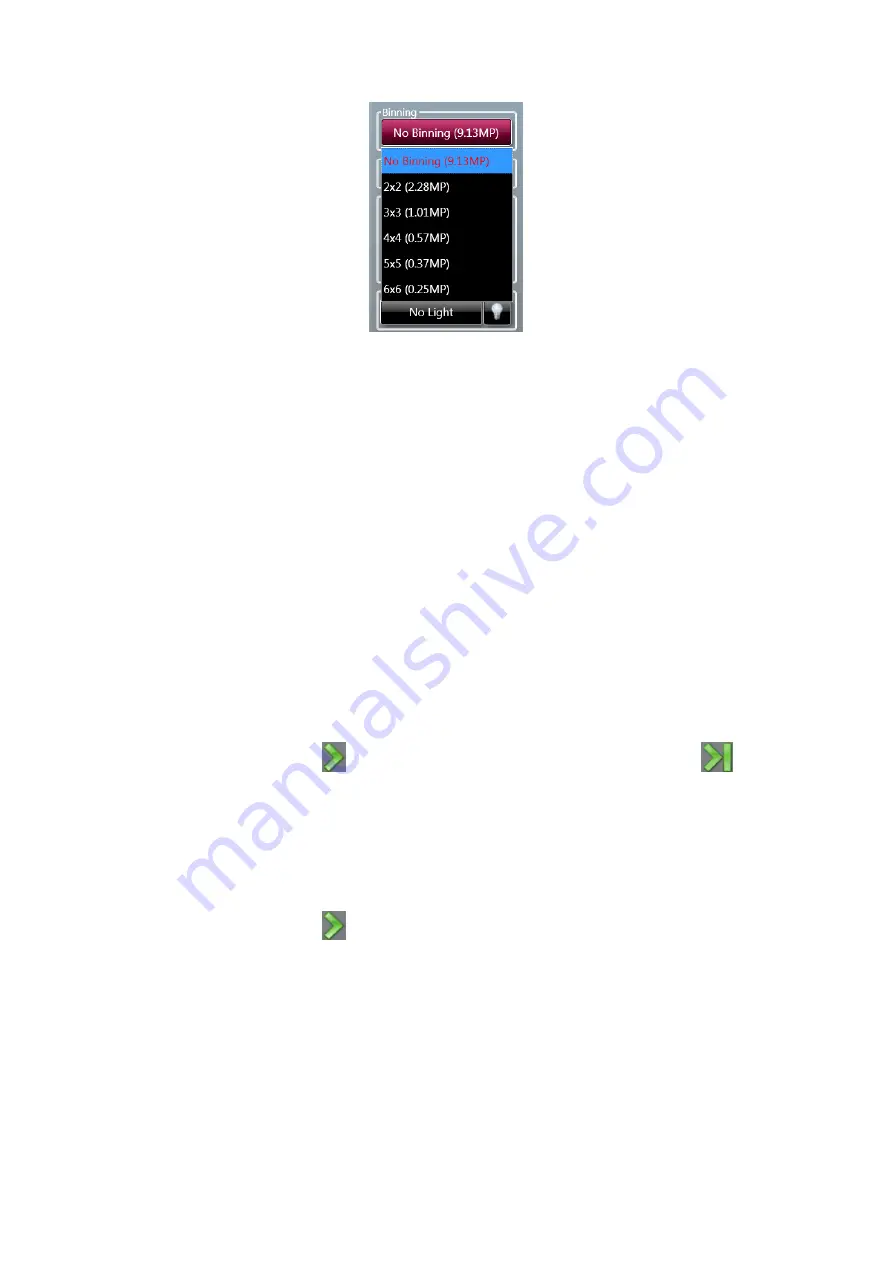
77 vwr.com Instruction manual VWR
®
Imager Chemi Premium
BINNING RATIO DROP-DOWN LIST
30.
You must now set the exposure time, capture intervals, and select lighting and filter options for
image 1. This process is the same as that for
Manual Image Capture - Series
.
31.
The display is almost the same for each image in the series and by default starts at image 1.
32.
The
Capture Interval
controls are simple
+
/
-
buttons for adjusting the following time periods;
hours (
h
) , minutes (
m
) , seconds (
s
) , and milliseconds (
ms
) .
33.
Using the
Capture Interval
+
/
-
buttons enter an interval time for the series of images.
34.
The manual
Exposure
controls are simple
+
/
-
buttons for adjusting the following time periods;
hours (
h
) , minutes (
m
) , seconds (
s
) , and milliseconds (
ms
) .
35.
To set a manual exposure time select the
Manual
button and use the
Exposure
+
/
-
buttons to
enter an exposure time for the first image. Alternatively, selecting the
Auto
button after you
have selected the lighting and filters allows the system to automatically select the most
appropriate exposure time for the image 1.
36.
Use the
Lighting
and
Filters
functions in the right hand pane to make your lighting and filter
selections as described previously.
37.
Select the
Next
arrow
to make the settings for image 2. Select the
Last
arrow
to apply
the settings you have entered for image 1 to all of the remaining images in your series.
38.
By default the
Same as previous
checkbox is checked, making the settings for the second
image the same as the settings for the first image. To make changes for the second and
subsequent images, uncheck the
Same as previous
checkbox.
39.
Enter the settings for all the images in your series.
40.
Select the
Next
arrow
.
41.
If the Dynamic Fielding option is available, determined by your lighting/filter selections, you now
have to decide whether or not to apply Dynamic Fielding.
The Dynamic Fielding option allows you to correct the image for uneven lighting. This can cause
problems when quantifying bands or spots across a large sample. The image of the dynamic
field is normalised for light illumination. This normalisation is then applied to the gel image, such
that uneven light illumination generated by the light source is addressed. For details of Dynamic
Fielding screens and lighting combinations refer to
Recommended Light / Dye / Accessory
and Other Application Tables
.



